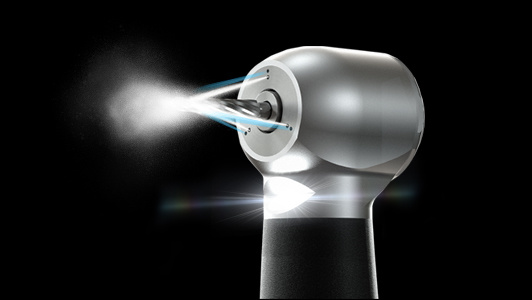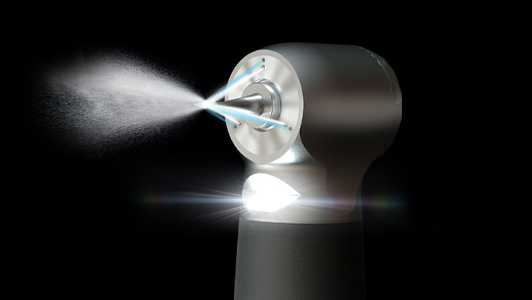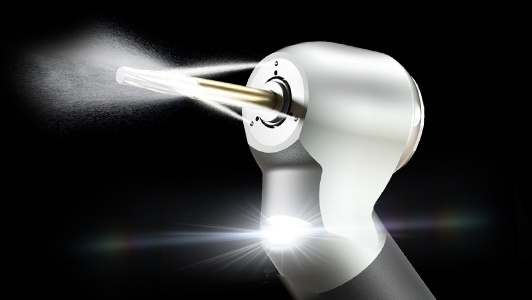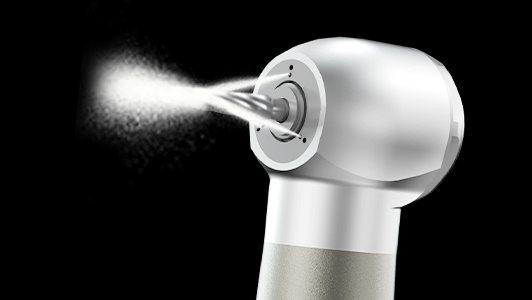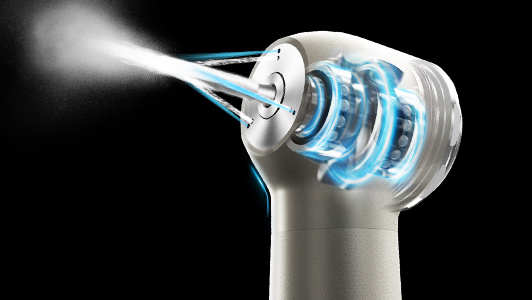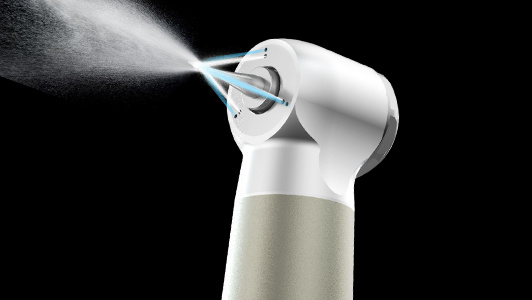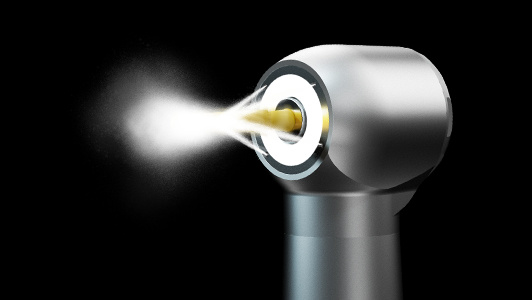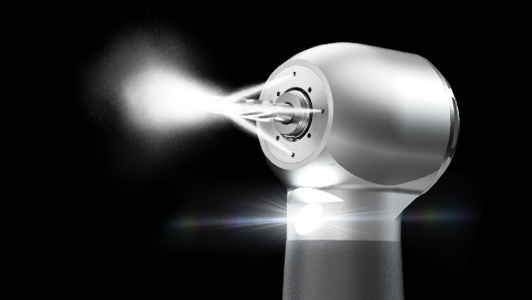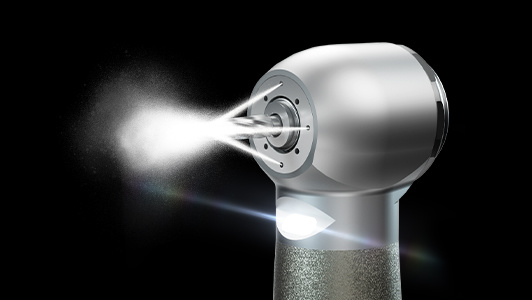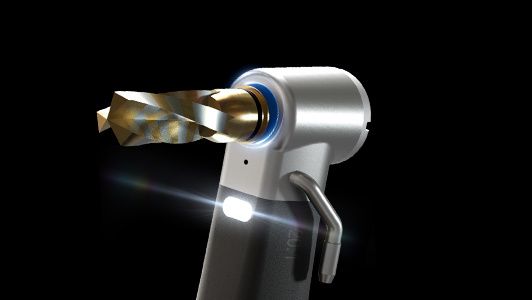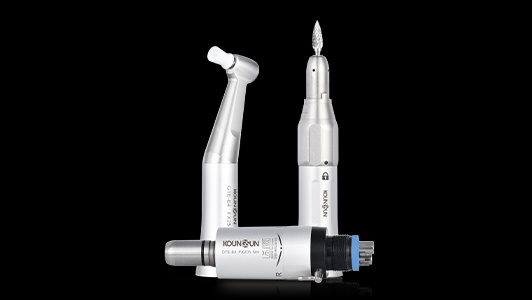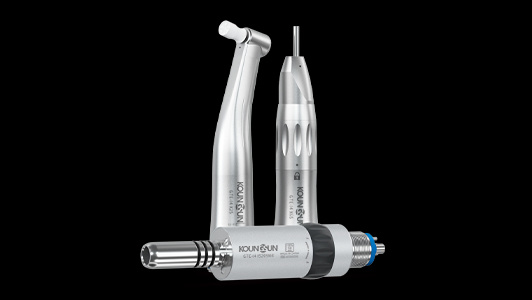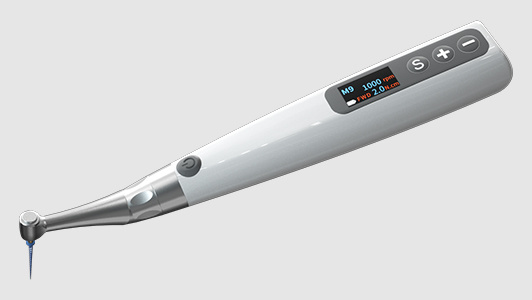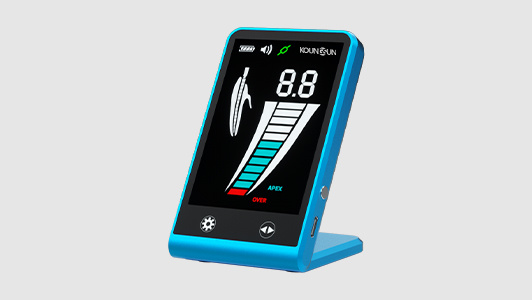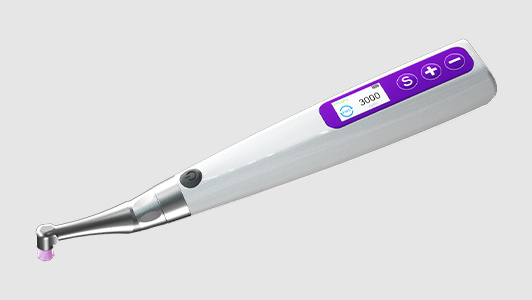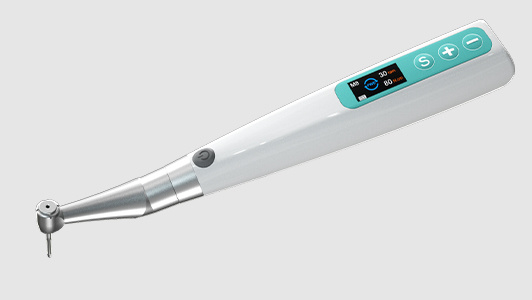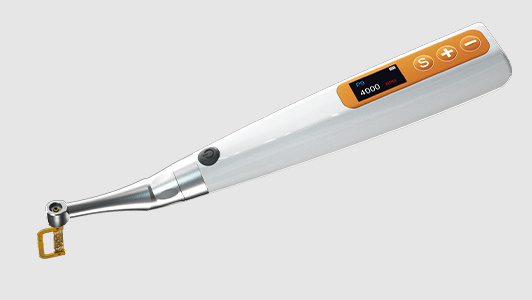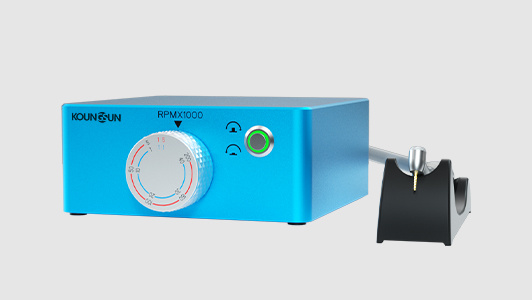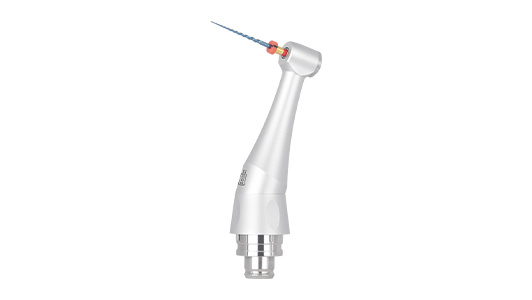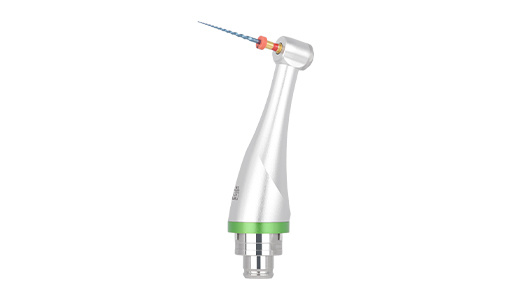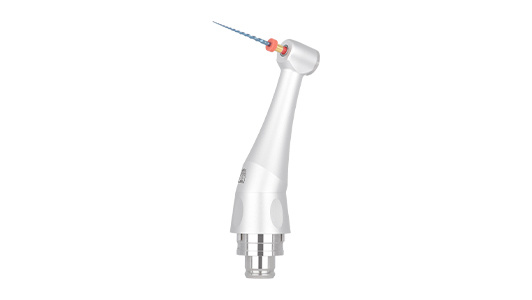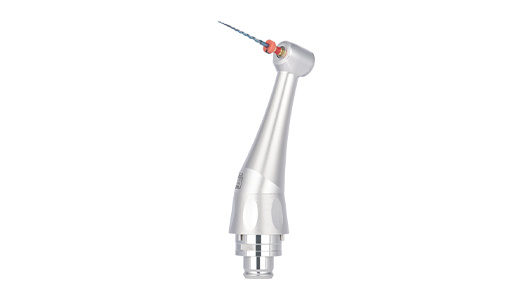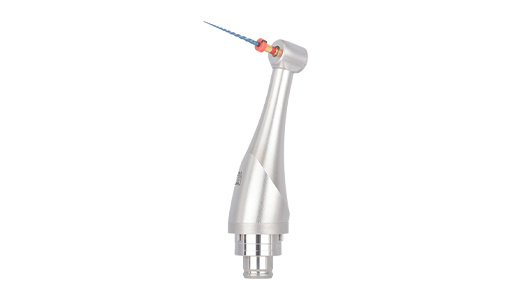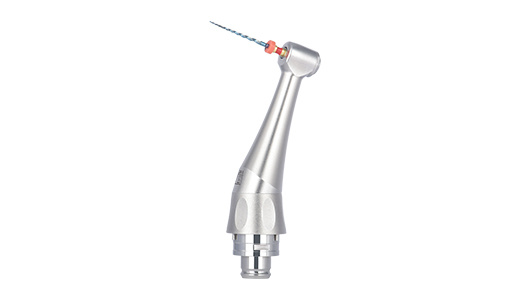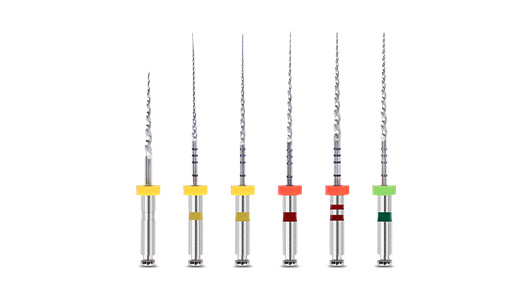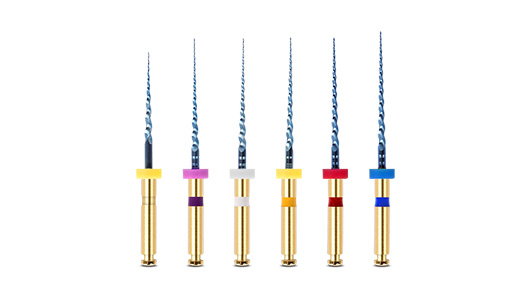How to Identify Early Signs of Handpiece Wear or Damage
2025-11-22
Dental handpieces are among the most frequently used instruments in any clinic, making them highly vulnerable to wear and performance decline over time. Identifying early signs of handpiece wear or damage not only prevents unexpected breakdowns but also protects treatment quality, patient comfort, and long-term equipment investment.
A proactive approach allows dental teams to address issues before they compromise safety or efficiency. Below are the key indicators every clinic should monitor to ensure optimal handpiece performance.
1. Increased Noise or Vibration
One of the earliest warnings of internal wear is unusual noise or vibration during operation.
Common causes include:
Worn bearings
Imbalanced turbine
Loose cartridge components
A smooth handpiece should operate quietly. When noise increases, it’s time for inspection or servicing before irreversible damage occurs.
2. Reduced Cutting Power
If a handpiece no longer cuts as efficiently as before, performance loss may indicate:
Bearing deterioration
Turbine fatigue
Air leakage or blockage
Decreased torque slows procedures and affects precision, signaling that internal parts may require repair or replacement.
3. Overheating During Use
A properly functioning handpiece should remain cool. Overheating may suggest:
Dry or insufficient lubrication
Damaged bearings causing friction
Blocked air pathways
Ignoring heat buildup can lead to patient discomfort and permanent turbine damage.
4. Irregular Bur Movement or Runout
Signs of bur instability include:
Bur wobbling
Difficulty inserting or removing burs
Slight misalignment during rotation
These issues often come from spindle wear, damaged chuck mechanisms, or a fatigued cartridge. Early detection prevents further internal damage.
5. Air or Water Spray Inconsistencies
A healthy handpiece delivers smooth water spray and consistent airflow. Irregular patterns indicate potential problems such as:
Blocked water lines
O-ring wear
Internal corrosion
Proper spray is crucial for cooling and visibility during procedures, making this an important performance indicator.
6. Longer Procedure Times
If dentists notice increasing treatment time, the handpiece may no longer be working at its intended efficiency.
Internal wear commonly affects:
RPM stability
Torque output
Bur retention strength
This operational decline is often subtle but important to monitor.
7. Frequent Need for Lubrication or Maintenance
When a handpiece suddenly requires more frequent lubrication or attention, it may mean internal components are approaching end of life.
Signs include:
Lubrication leakages
Oil dripping after autoclaving
Unusual resistance during rotation
Such indicators often precede bearing or turbine failure.
Why Early Detection Matters
Identifying wear early helps clinics:
Reduce repair costs
Extend handpiece lifespan
Maintain treatment accuracy
Ensure patient comfort and safety
Prevent sudden downtime during operations
Routine inspection and timely cartridge or bearing replacement are essential to protecting your investment.
Previous:
Related News
Contact Us
Email:
info@koungsundental.com
Hotline:
+86-0757-81011906
Company Address:
4th floor, B elevator, Building F3, New Light Source Industrial Base, Nanhai District, Foshan City, Guangdong Province

Get in touch
Are you interested in our products or services? Contact us immediately, our experts will provide you with professional services!
*Please leave your specific personal information, and we will have a product consultant contact you later
Address
4th floor,B Elevator,Building F3,New Light Source Industrial Base,Nanhai District,Foshan City,Guangdong Province,China


